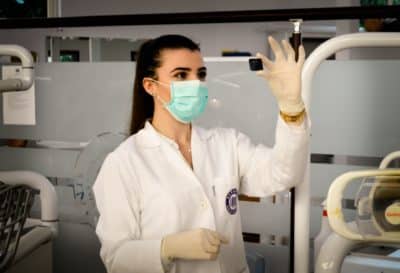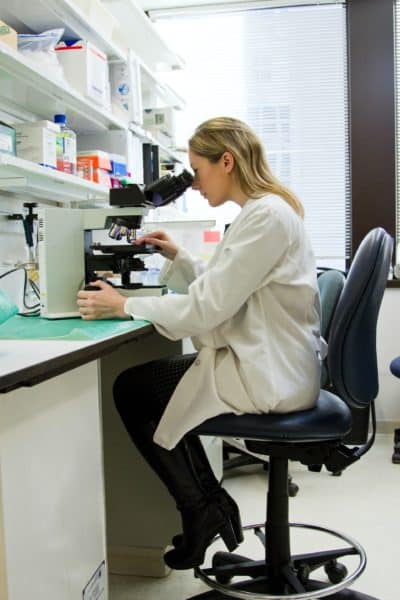We’ve all heard of stem cells in the news as the “miracle cure” for some of the world’s most devastating diseases – such as cancer, Alzheimer’s, and Parkinson’s disease. No question, it’s an exciting field to be in, with new potential uses still being discovered by doctors around the world. Here are some amazing things they can do today and what exciting possibilities exist for the future.
IMAGE: UNSPLASH
What Are Stem Cells?
Stem cells are the raw materials of the body – versatile cells produced in the bone marrow that can turn into blood cells. There are other types of stem cells, such as those from unused embryos and other parts of the adult body, but currently, only those from bone marrow are used in medical treatments.
What Can They Do Today?
Their versatile quality makes them potentially very useful for repairing damage around the body, which is why stem cell transplants have such a big potential for medical treatments and why we hear about them in the news so much. The hope is that they could act as little reinforcements – the cavalry riding to the rescue by transforming themselves and replacing damaged cells in tissue anywhere in the body.
Today, stem cell transplants are mostly used to treat cancer, specifically leukemia, and to repair the bone marrow. For example, doctors at Great Ormond Street Hospital in London perform bone marrow transplants (BMT) for children. Some, such as Professor Persis Amrolia, conduct research into all the things BMTs can do for us and how we can rebuild immune systems afterward.
Treatments are mostly limited to diseases in the blood. For instance, leukemia – a cancer of the blood – and sickle cell, a disease that causes red blood cells to weaken and block blood vessels. Currently, stem cells are its only proven cure.
What Could They Do Tomorrow?
Since stem cells are still quite new, with some therapies only recently being approved, there are only a few applications that exist. But scientists and medics expect big things to come, and they are excited.
There is a lot of talk around their potential to treat degenerative diseases like Alzheimer’s and Parkinson’s. For example, stem cells could replace the neurons in the nervous system and brain that are damaged by these diseases. And even rebuild the neurological pathways to cure paralysis of strokes and spinal cord injuries.
It’s not just neurological – physical ailments such as arthritis or osteoporosis could be treated with a stem cell transplant to help rebuild damaged cartilage in the joints. And some even believe that any tissue or organ in the body could one day be replaced. For example, imagine being able to repair hearts and livers with one transplant!
What Challenges Are There?
It can be frustrating to know that so many problems might be fixed with stem cell therapies, one day when so many are suffering today. But there are still many risks involved. Sickle cell patients are only offered a transplant by the NHS if all other treatments have failed. So the risk of the body rejecting it, or the stem cells attacking healthy cells, is still quite high. Another problem is that many have a moral issue when it comes to stem cells that come from embryos, which has caused resistance to funding studies.
In addition, scientists find it more difficult to grow adult cells in a lab, so progress is slower. Many clinics in the US and other countries are jumping the gun, offering poorly researched stem cell therapies that are not approved by regulators and have been damaging or fatal.
So, a more considered study is needed – and this takes time. But! The good news is that scientists and doctors are learning more and more every day. The excitement and promise are there and the more trials and transplants that occur, the closer we get to the “miracle cure” everyone imagines.
If you are interested in even more lifestyle-related articles and information from us here at Bit Rebels, then we have a lot to choose from.
IMAGE: UNSPLASH
*References


COMMENTS